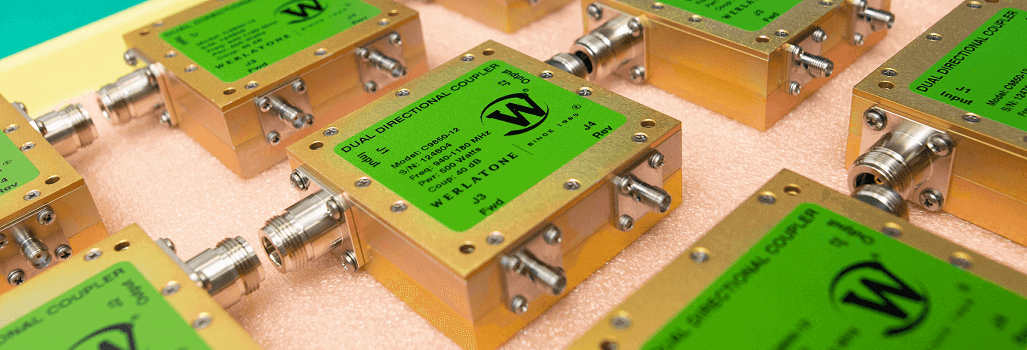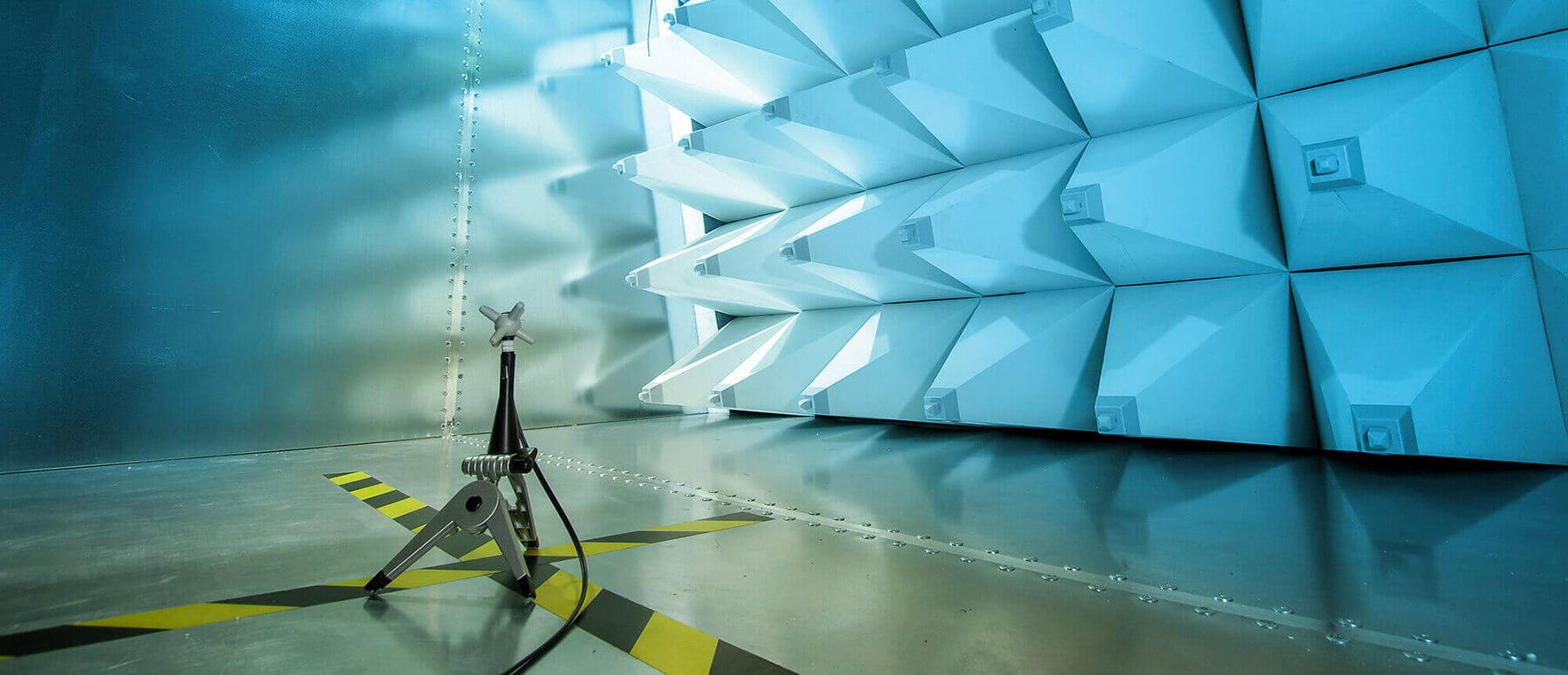Our Capabilities
Werlatone Directional Couplers and Combiners ideally suit the harsh conditions associated with EMC / EMI Testing.
Our High Power, Mismatch Tolerant® solutions are embedded in EMC amplifiers worldwide, as well as in EMC test chambers and a variety of test bench measurement applications.
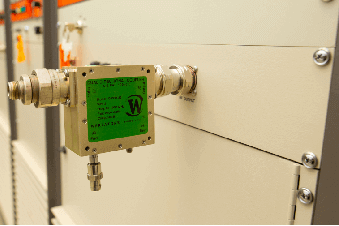 Werlatone High Power Combiners and Directional Couplers enable EMC amplifier suppliers superior bandwidth, power, and efficiency, while operating into severe load mismatches.
Werlatone High Power Combiners and Directional Couplers enable EMC amplifier suppliers superior bandwidth, power, and efficiency, while operating into severe load mismatches.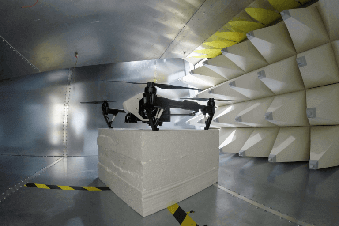 Install Directional Couplers as accessories to EMC test systems to enable accurate supplemental power monitoring.
Install Directional Couplers as accessories to EMC test systems to enable accurate supplemental power monitoring.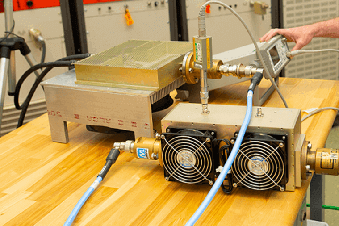 Werlatone Directional Couplers are ideal for EMC test bench applications during the design and development of EMC amplifiers and test systems.
Werlatone Directional Couplers are ideal for EMC test bench applications during the design and development of EMC amplifiers and test systems.
Directional couplers are versatile aids when measuring RF/microwave power levels. Directional and bi-directional couplers provide the means to sample a small portion of the RF / microwave signal power through a transmission line with minimal disruption to the main line. Teamed with RF / microwave test instruments such as spectrum analyzers or electromagnetic-interference (EMI) receivers, couplers can provide sampled signals as part of better understanding the electromagnetic compatibility (EMC) of a new electronic design and whether it generates excess EMI. To qualify for sale in many markets, electronic products must pass rigorous EMC / EMI compliance testing and many developers of high-frequency components and systems have adopted EMC / EMI pre-compliance testing in preparation for a new product’s EMC / EMI compliance testing. Directional and bidirectional couplers can simplify EMC/EMI pre-compliance test efforts.
In its simplest form, a directional coupler is a pair of parallel transmission lines, one line carrying most of the input power to an output port and the other coupling a fraction a small percentage of the total power to a coupled port according to a predefined coupling ratio, such as 10, 20, or 30 dB. Access to the small amount of forward signal power is useful for transmitter monitoring and control. It is also serves to measure the amount of power applied to a test antenna for EM susceptibility testing of a device under test (DUT), to better understand how the DUT will behave in “crowded” signal environments. A bidirectional coupler can provide coupled energy in forward and reverse (reflected) directions.
The performance limits of a DUT, such as its frequency range and maximum input power, will establish the limits for EMC / EMI testing. National and international standards bodies, such as the FCC in the United States and CISPR in Europe, define test equipment performance levels and measurement bandwidths for EMC /EMI measurements.
Broad frequency limits must be considered because while an electronic product may be defined by its fundamental frequency range, it can also be affected by second-harmonic (×2) and third-harmonic (×3) components of those fundamental-frequency signal at high enough power levels. For that reason, EMI power measurements of a product operating at fundamental frequencies to 6 GHz may need to extend to 18 GHz.
Choosing a directional coupler for EMC / EMI pre-compliance measurements is a matter of matching its key performance parameters to the requirements of the test setup. Numerous parameters define directional and bidirectional couplers, including frequency range, maximum input power, coupling factor, and directivity. In an EMC/EMI pre-compliance test setup, signal power is typically provided by a signal generator boosted by low-noise and/or power amplifiers feeding test antennas. The signal generator’s frequency range may far exceed that of the DUT but, for any coupler feeding a spectrum analyzer or EMC/EMI test receiver, consider second- and third- harmonic frequencies when defining the required frequency range. The following is a sample of directional and bidirectional couplers from Werlatone well suited for EMC/EMI pre-compliance testing.
